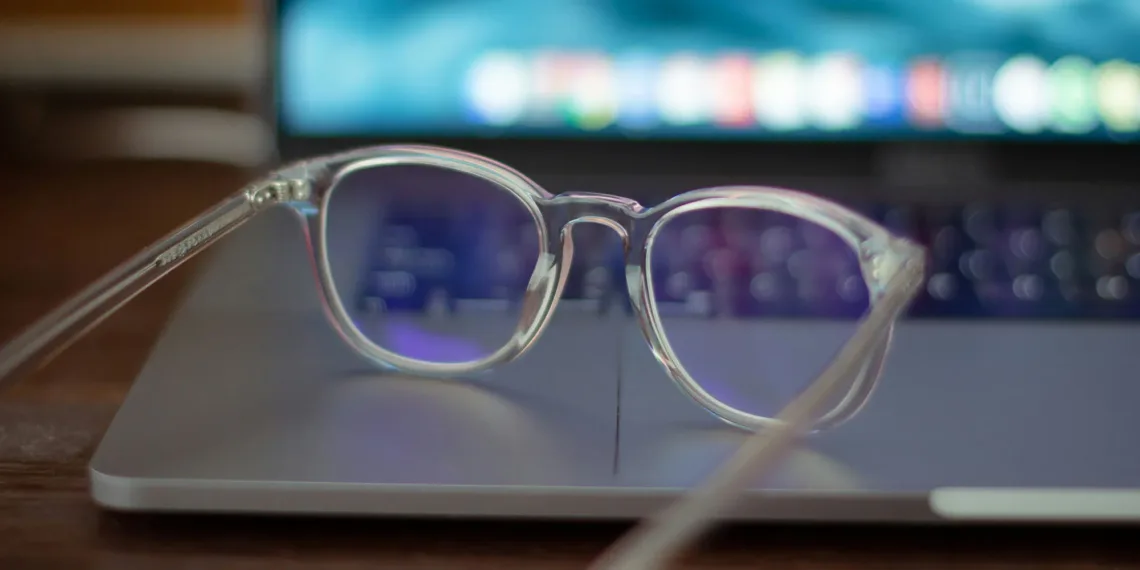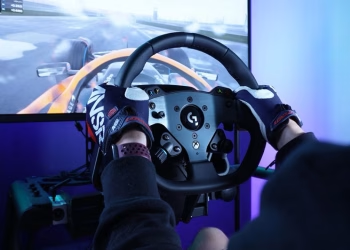Ming-Chi Kuo has revealed Apple’s comprehensive smart glasses and Vision headset roadmap, confirming the mass production timeline for AI-powered glasses in 2028 and Vision Pro updates through 2027. This detailed analysis shows Apple’s strategic approach to dominating the AR/VR market over the next four years.
Table of Contents
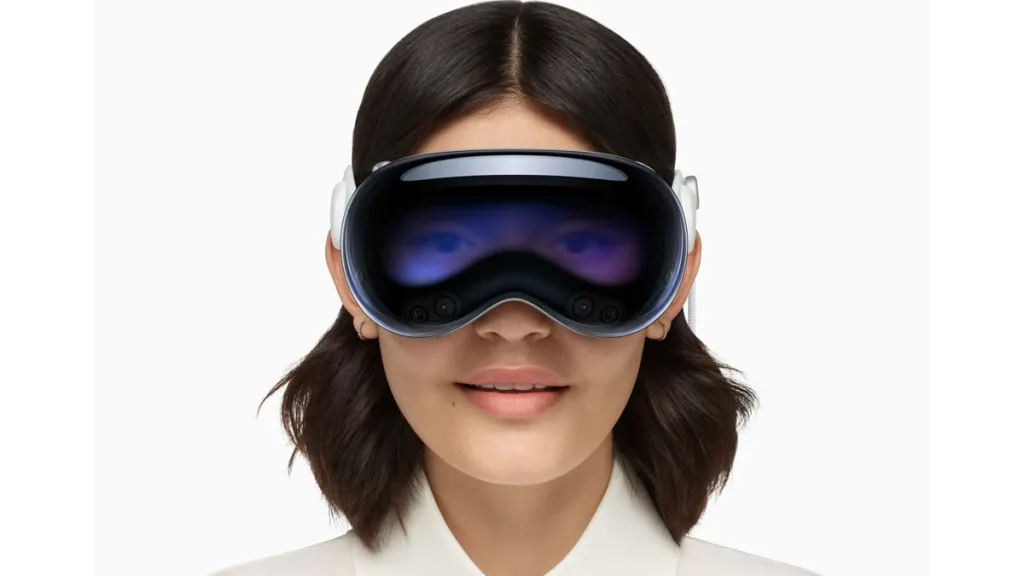
Apple Vision and Smart Glasses Timeline
| Product | Launch Year | Key Features |
|---|---|---|
| Vision Pro M5 | Q3 2025 | M5 chip upgrade, 150K-200K units |
| Smart Glasses | Late 2026 | AI-enhanced, Meta Ray-Ban competitor |
| Vision Air | Q3 2027 | 40%+ lighter, new form factor |
| AR Glasses | H2 2028 | Built-in display, gesture/voice control |
| Vision Pro 2 | H2 2028 | Completely redesigned headset |
Smart Glasses Leading the Charge
Apple Inc. is aiming to release smart glasses at the end of next year as part of a push into AI-enhanced gadgets, positioning them as direct competitors to Meta’s Ray-Ban smart glasses. These glasses will focus on AI integration rather than complex AR displays, making them more accessible to mainstream consumers.
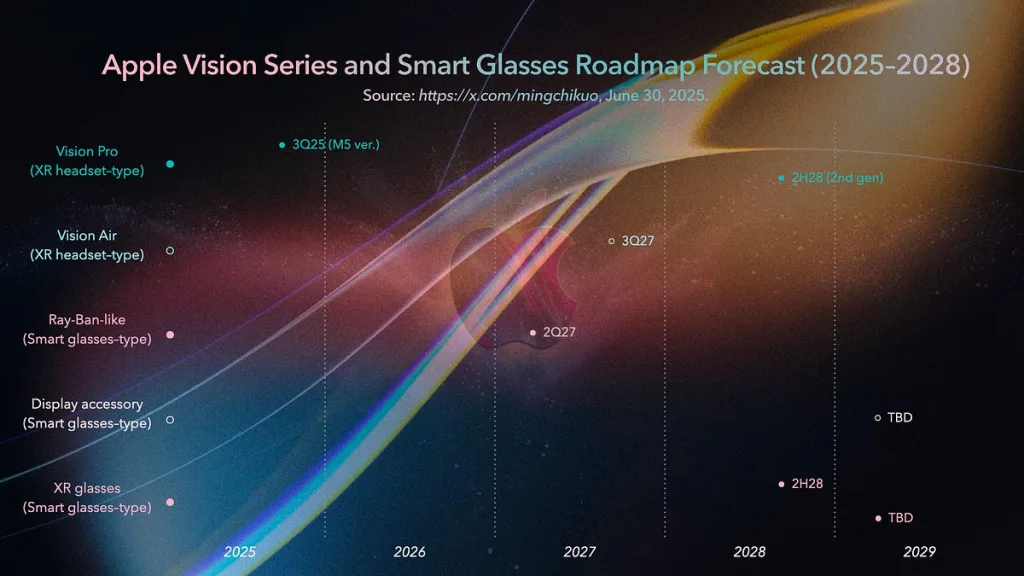
The company plans to create “large quantities” of prototype glasses before the end of 2025 for extensive testing ahead of mass production. This approach ensures Apple can deliver a polished product that meets their quality standards.
Vision Pro Evolution Strategy
An upgraded version of the Apple Vision Pro, which uses an M5 processor, is scheduled for mass production in the third quarter of 2025, though specifications will remain largely unchanged. Apple expects to ship 150,000-200,000 units, maintaining its position as a niche premium product.
The more significant update comes with Vision Air in 2027, featuring an all-new form factor, substantially lighter (over 40% weight reduction compared to Vision Pro). This weight reduction addresses one of the current Vision Pro’s main limitations.
True AR Glasses: The 2028 Game Changer
The first pair of glasses with a built-in display is projected to enter mass production in 2028. This model will also incorporate gesture and voice control, utilizing Liquid Crystal on Silicon and waveguide technology. These represent Apple’s true AR glasses vision, combining lightweight design with advanced display technology.
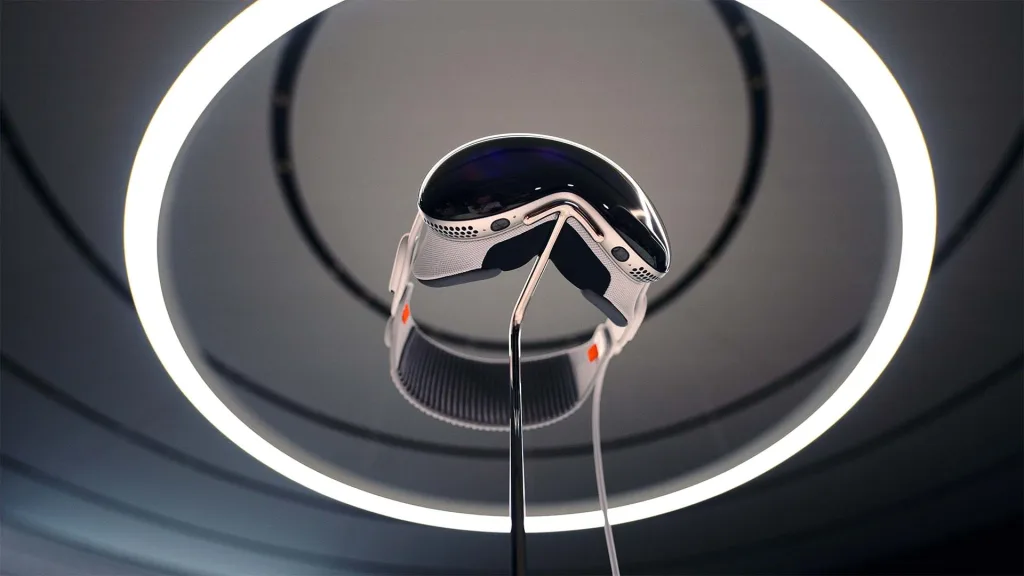
Market Competition and Strategic Positioning
Apple’s timeline puts them behind Meta’s current Ray-Ban offerings but ahead in advanced AR display technology. The phased approach allows Apple to build ecosystem readiness while competitors struggle with technical limitations.
For comprehensive coverage of Apple’s product roadmap and tech industry analysis, visit TechnoSports for the latest insights on emerging technologies.
This roadmap shows Apple’s commitment to the AR/VR space despite Vision Pro’s limited commercial success. By 2028, Apple aims to have established products across multiple price points and use cases, from simple smart glasses to advanced AR headsets.
Stay updated on Apple’s official announcements at Apple for confirmed product launches and specifications.
FAQs
When will Apple smart glasses launch?
Apple plans to release AI-enhanced smart glasses by late 2026, with AR display glasses following in 2028.
What’s different about the Vision Pro M5 update?
The 2025 Vision Pro features an M5 chip upgrade but maintains the same design and specifications as the current model.

